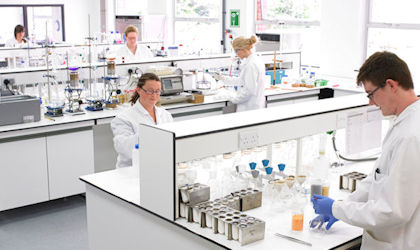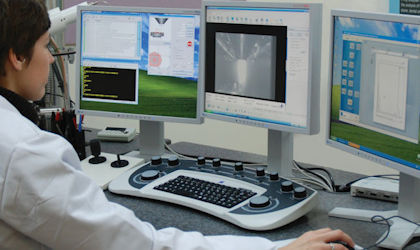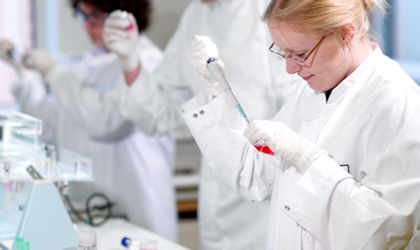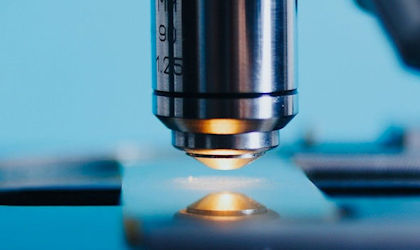Compositional mapping of food
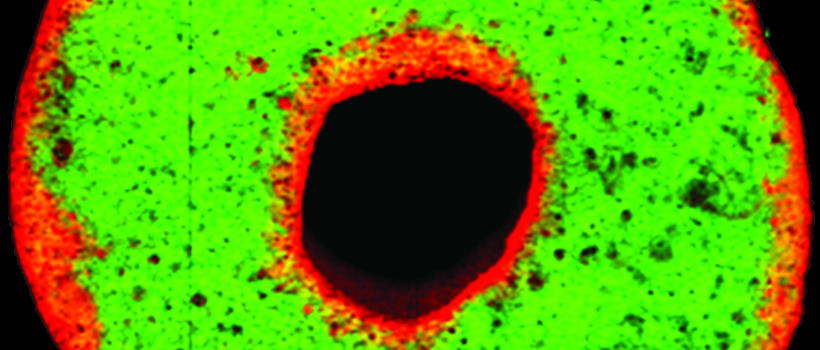
To discuss your needs
Many food products have a non uniform distribution of composition. For example, fried products have a higher fat content near surfaces, and baked products have a higher moisture content in the centre of the product. Compositional mapping techniques allow these gradients to be measured and visualised.
Hyperspectral NIR imaging
This technique enables detailed measurements of composition for cross sections of products. Hyperspectral NIR imaging combines the technologies of near infrared (NIR) spectroscopy and imaging to measure spectral and spatial information for food samples. An NIR spectrum is measured for each pixel in an image of a food sample. This technique enables the distribution of composition to be mapped.
Qualitative analysis of composition can be performed by measuring individual absorbance bands. This provides an indication of compositional changes across a sample.
Maps showing % composition across product cross sections can be generated. This requires a product specific NIR calibration to be developed.
Additionally, food products often contain multiple components with differing composition. Over time, migration between different components occurs (e.g. moisture migration from a moist pie filling into the dry pastry crust). This migration often limits product acceptability, and shelf life. These variations are difficult to measure using bulk methods but Hyperspectral NIR imaging provides a method to measure this migration.
Analysis training courses
Explore our analysis related courses including; Safety and quality culture excellence and Calculating meat content
Are you getting the most from your Membership?
Watch our membership FAQ videos and find out more about Member Service Account spending, Member Interest Groups, help and advice
Key services
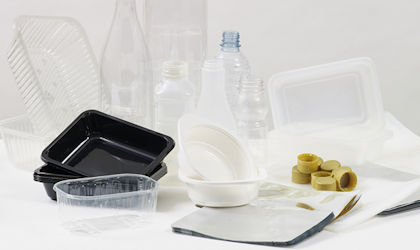
Packaging down the microscope
Microscopy use a range of techniques to examine packaging materials including plastic and metal.
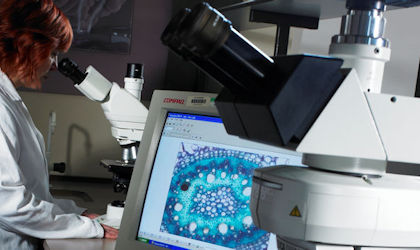
Structure and physical properties
Methods for objective characterisation of food structure and physical properties.
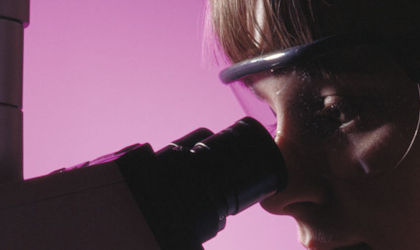
Foreign body identification scheme
Run independently from our own foreign body laboratory, the FOBS scheme enables other laboratories to check their competence in the identification of foreign bodies.
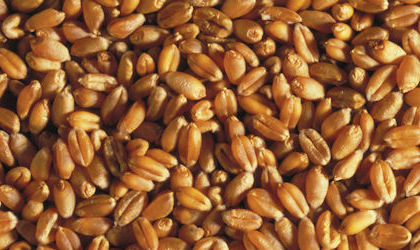
Cereals and milling services
Cereals and milling testing services information, pricing and submission.
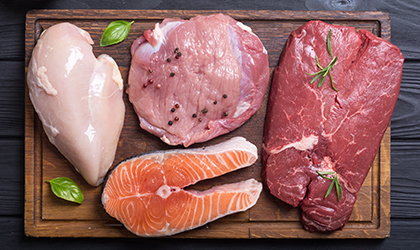
Meat, poultry and seafood analysis
Analysis supporting meat, poultry and seafood suppliers, manufacturers and retailers.
Where we refer to UKAS Accreditation
The Campden BRI group companies listed below are accredited in accordance with the recognised International Standard ISO17025:2017 by the United Kingdom Accreditation Service (UKAS). The accreditation demonstrates technical competence for a defined scope of methods, specific to each site, as detailed in the schedules of accreditation bearing the testing laboratory number. The schedules may be revised from time to time and reissued by UKAS. The most recent issue of the schedules are available from the UKAS website www.ukas.com. Campden BRI (Chipping Campden) Limited is a UKAS accredited testing laboratory No. 1079


